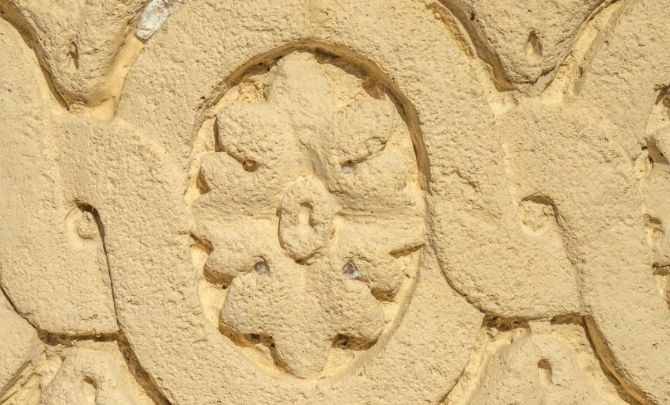In Jewish mourning law, timing plays a crucial role in shaping the obligations and experiences of the mourner. The period between death and burial is known as Aninut, a deeply intense phase where grief is raw and structured religious obligations are generally suspended. Following the burial, the formal mourning period begins for Shiva.
However, when burial occurs late in the day, particularly close to sunset or in the twilight moments between one day and the next, questions arise about the overlap between Aninut and Shiva.
This transition is legalistic and emotional, as mourners shift from a stunned silence to the active observance of mourning rituals. We will explore how Jewish law navigates the nuances of timing, obligation, and emotional reality when burial happens close to nightfall, creating a unique intersection between Aninut and Shiva.
For those seeking further halachic guidance during this sensitive period, https://www.chevrahlomdeimishnah.org/product/basic-laws-of-aninus/ provides a helpful overview of key responsibilities and exemptions during the initial stage of mourning.
Halachic Considerations in Overlapping Aninut and Shiva
- Defining the Moment Shiva Begins
Shiva does not begin at the moment of death but only after burial. The phase of Aninut ends once the burial is completed, typically marked by the last shovel of dirt covering the casket. Only then do the formal mourning practices of Shiva commence. However, Jewish law carefully considers the time of day when this transition occurs. If burial happens late in the afternoon, and the mourners do not return home until after sunset, there is debate among halachic authorities regarding whether that partial day counts as the first day of Shiva.
According to many opinions, even a brief portion of the day—mi’ktzat hayom k’kulo—is sufficient to count as one full day of Shiva. If burial ends moments before nightfall, that day could already be Day One. However, some families may choose to begin counting the next day, especially if the burial’s completion and the formal mourning did not practically begin until later. The ambiguity is grounded in balancing ritual precision with the mourner’s emotional and logistical state. In such cases, a competent rabbinic authority is often consulted to make the final determination based on the specific circumstances.
- The Emotional Impact of a Delayed Burial
The spiritual and emotional toll on mourners when burial occurs late in the day is often underestimated. During Aninut, the mourner is exempt from positive mitzvot like prayer or blessings, as their focus is entirely on ensuring burial. This period is raw and disorienting, filled with logistical stress and profound grief. When burial occurs close to sunset, the mourner may hardly have time to digest the moment before being thrust into Shiva. This rapid transition can feel abrupt, leaving little room to mentally shift from the weight of Aninut to the mourning rituals.
While halachically permissible to count even a short time as one day of Shiva, many mourners find comfort in beginning the next morning, giving them the night to emotionally recalibrate. The law provides flexibility here, showing sensitivity to the mourner’s inner experience while maintaining halachic structure. This point emphasizes that mourning rituals are not merely technical but designed to accompany the mourner through a deeply human process.
- Practical Decisions After Late-Day Burial
When the burial concludes late in the day, mourners must make several practical decisions. Should Shiva’s visits begin that evening, or wait until the next day? Is it appropriate to sit on low chairs and remove leather shoes for just a few minutes before nightfall? Community customs and rabbinic advice often influence these questions. Some communities encourage starting Shiva immediately or briefly to honor the halachic principle of counting that day. Others prioritize emotional readiness and choose to wait.
Preparing the home for Shiva may take time, especially if returning from a distant cemetery. Candle lighting, food arrangements, and notifying others can further delay the formal beginning of Shiva. The halachic principle that part of a day counts as a whole creates room for either approach, and the mourner’s mental state often takes precedence. The goal is to ease the mourner into structured grieving without causing added distress or confusion.
- When Twilight Creates Halachic Ambiguity
Twilight—bein hashmashot—is a halachically complex period between sunset and full night. When burial concludes during this time, the uncertainty is even greater. According to some rabbinic opinions, bein hashmashot may still belong to the previous day, while others treat it as an undefined period. This can complicate Shiva’s decision about whether the day counts. If the burial ends during twilight and mourners only begin Shiva later in full darkness, some authorities rule that the mourning technically starts that night, making the following day the first full day.
Others may still count the partial twilight period as Day One. The laws are nuanced and depend on the burial time and the community’s halachic standards. Importantly, Jewish law does not aim to burden mourners with anxiety over the clock but instead offers a framework to handle such ambiguity thoughtfully. Consulting a rabbi ensures mourners observe correctly without becoming overwhelmed by technicalities.
Late-day burials create a unique halachic and emotional overlap between Aninut and Shiva. The transition from shock to structured mourning is delicate, especially when it must happen within minutes. We have explored how Jewish law provides thoughtful flexibility for mourners navigating this overlap, allowing for a partial or full day of Shiva to be counted depending on timing, custom, and emotional preparedness. Twilight, in particular, introduces halachic complexity that requires careful interpretation, usually with the help of rabbinic guidance.
What remains constant throughout is the law’s sensitivity to the mourner’s experience. The rituals are not just obligations—they are a roadmap through grief. By understanding how to handle these nuanced moments, mourners can approach the early stages of loss with clarity, dignity, and the support that Jewish tradition deeply values.
